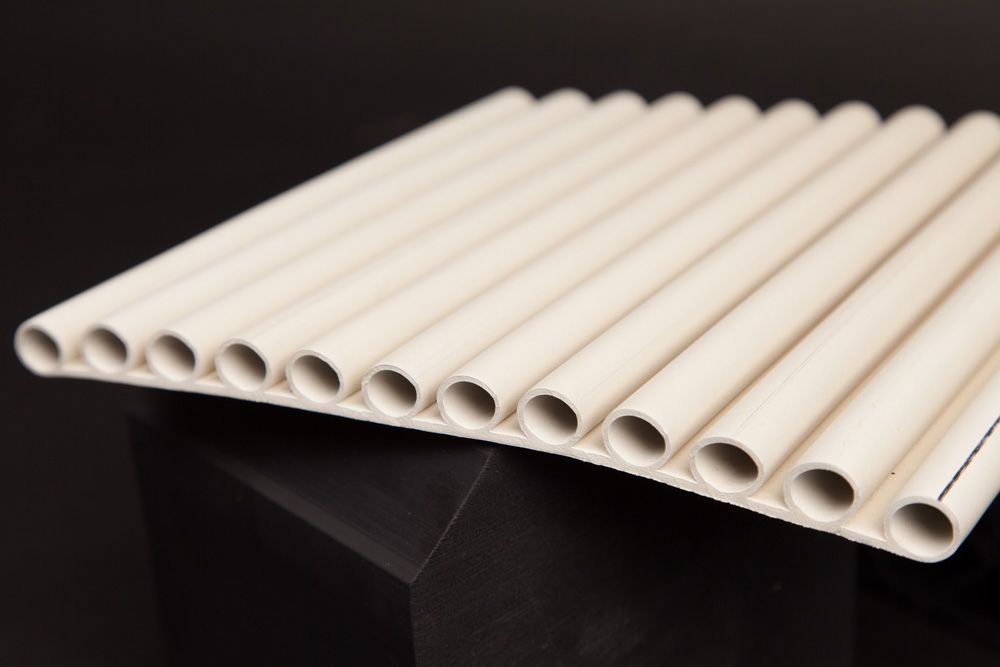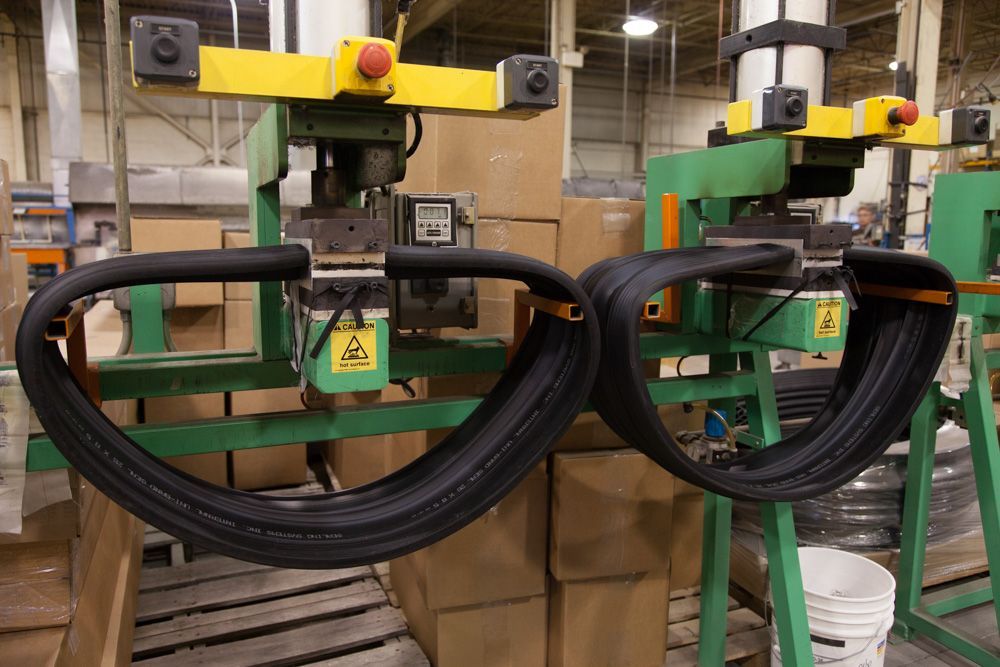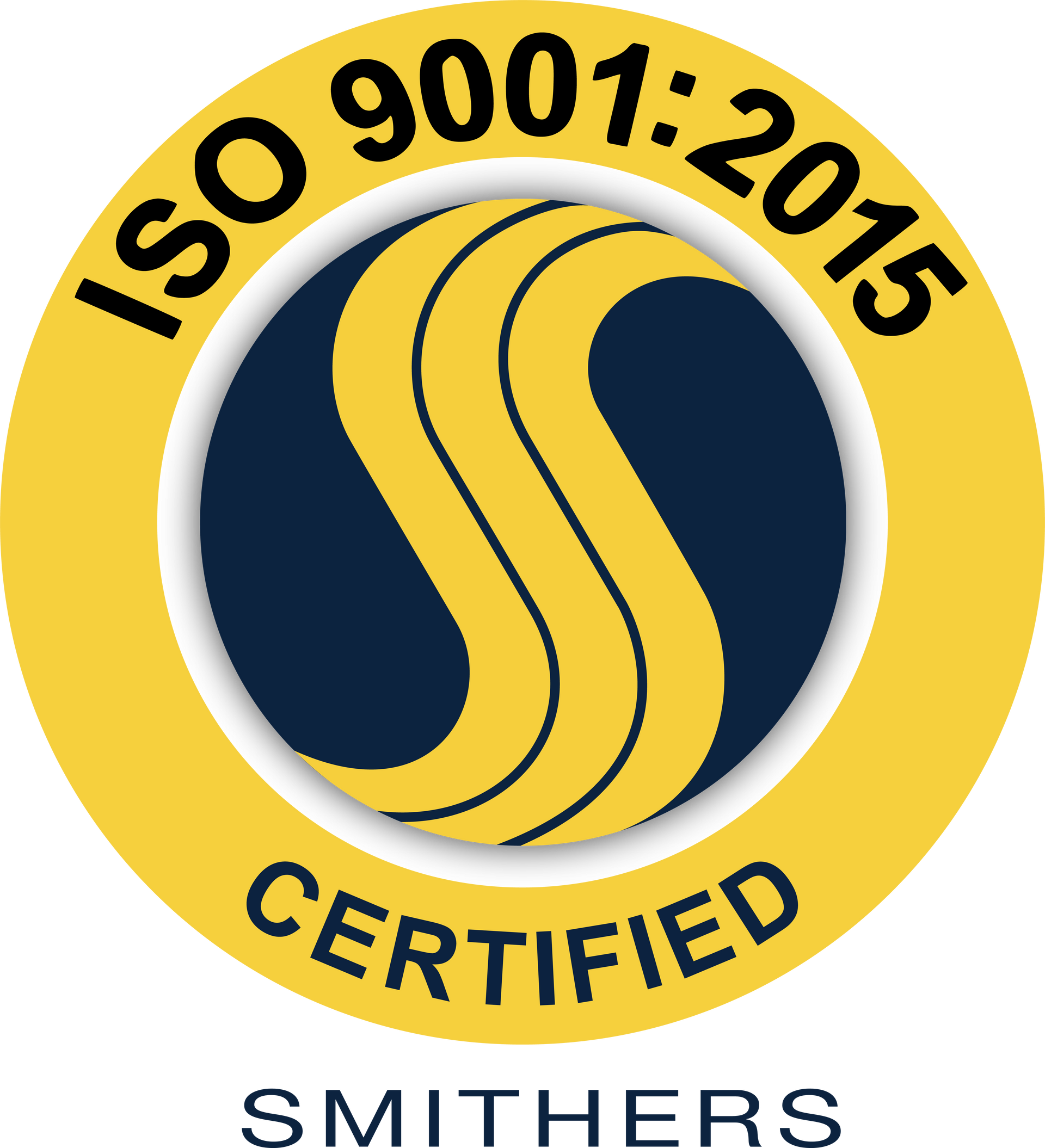What is Silicone Rubber?
Silicone rubber is a semi organic synthetic made from sand and alkyl or aryl halides. While silicone rubber looks and feels like organic rubber, it has a completely different type of structure than other elastomers. Silicone rubber consists of a chain of silicon and oxygen atoms rather than carbon and hydrogen atoms as found in other types of rubber. This structure gives silicone rubber a very flexible but weak chain. Silicone’s structure also provides a material that has very small change in dynamic characteristics over a wide range of temperature. Silicone has a typical service temperature range between –150° F and +450° F.
ADVANTAGES:
Silicone has a broad temperature range and is generally odorless / nontoxic. Silicone offers excellent resistance to high temperatures, ozone, oxygen, UV light, moisture, and fungus. Silicone also has excellent vibration damping and maintains its dielectric strength. Silicone has low compression set and offers good fatigue resistance, flex resistance, and elongation.
LIMITATIONS:
Silicone has poor tensile, tear and abrasion resistance, and is not recommended for use in dynamic applications. Although high strength silicones have been developed, tear and tensile strengths remain relatively low. Silicone has poor resistance to most concentrated solvents, concentrated acids, concentrated alkalines, oils, fuels, hydrocarbons, and steam.
COMMON APPLICATIONS:
Silicone is recommended for applications subjected to extremely high or low temperatures. Silicone is often used in industrial applications due to its long service life. Common applications include gaskets, seals, o-rings, and bellows.
Engineering Resources to
Support Your Project
ELBEX Corporation is committed to providing top-notch support to its customers during the design and manufacturing process. We understand that the success of our clients is directly tied to our ability to provide them with the highest level of service possible. Therefore, we work closely with our customers to ensure that their needs are fully understood and met. Our team of experts has a wealth of experience in the industry, which enables us to provide valuable insights and advice to our clients.
CUSTOM ON-SITE TOOLING
We meet your needs for custom extrusions with in-house, custom tool and die design services.
TECHNICAL RESOURCES
Find technical resources and to assist in the design of effective and efficient rubber extrusions.
DESIGN ASSISTANCE
We're ready to offer design assistance and troubleshoot old problems for your unique project.












